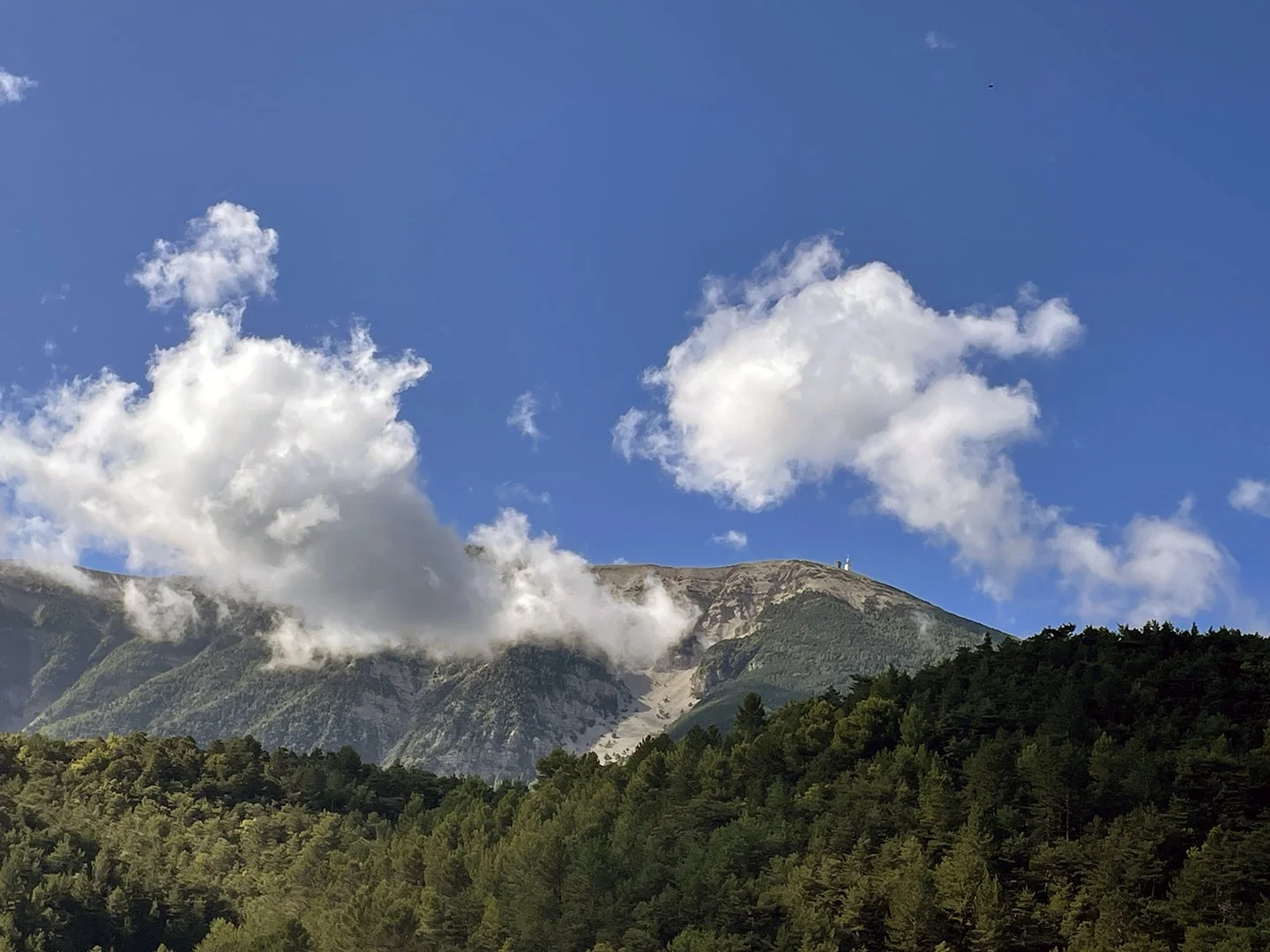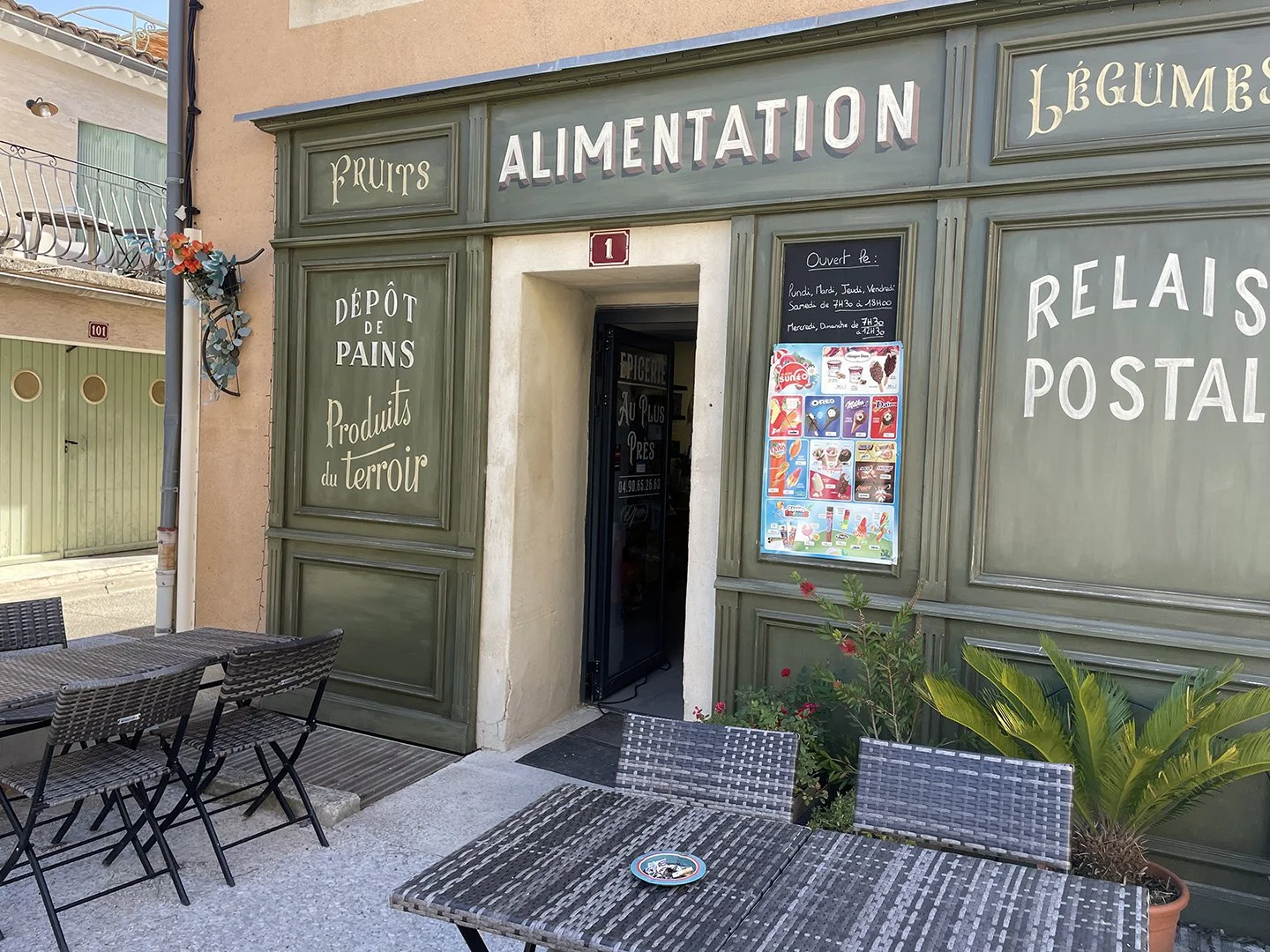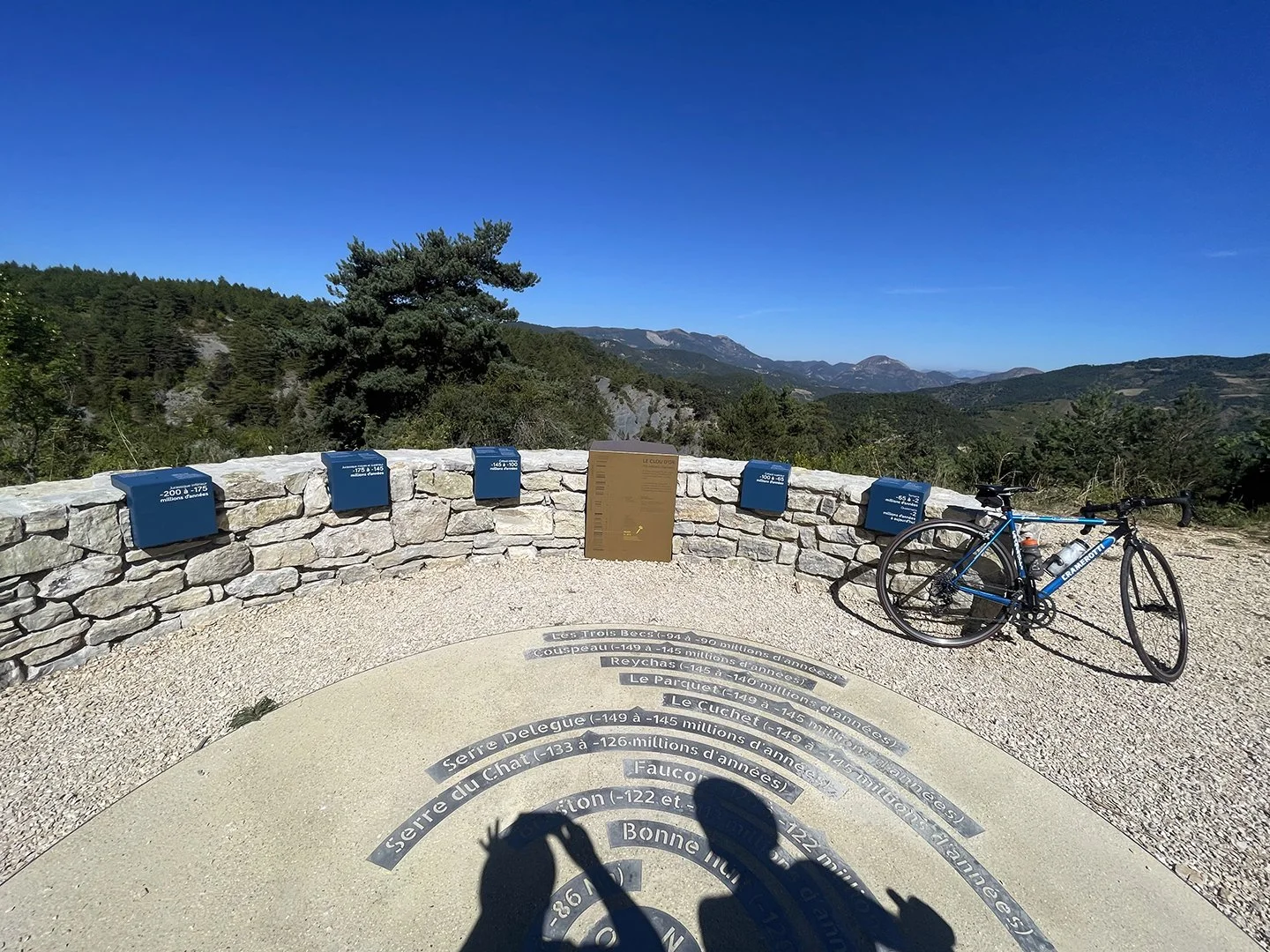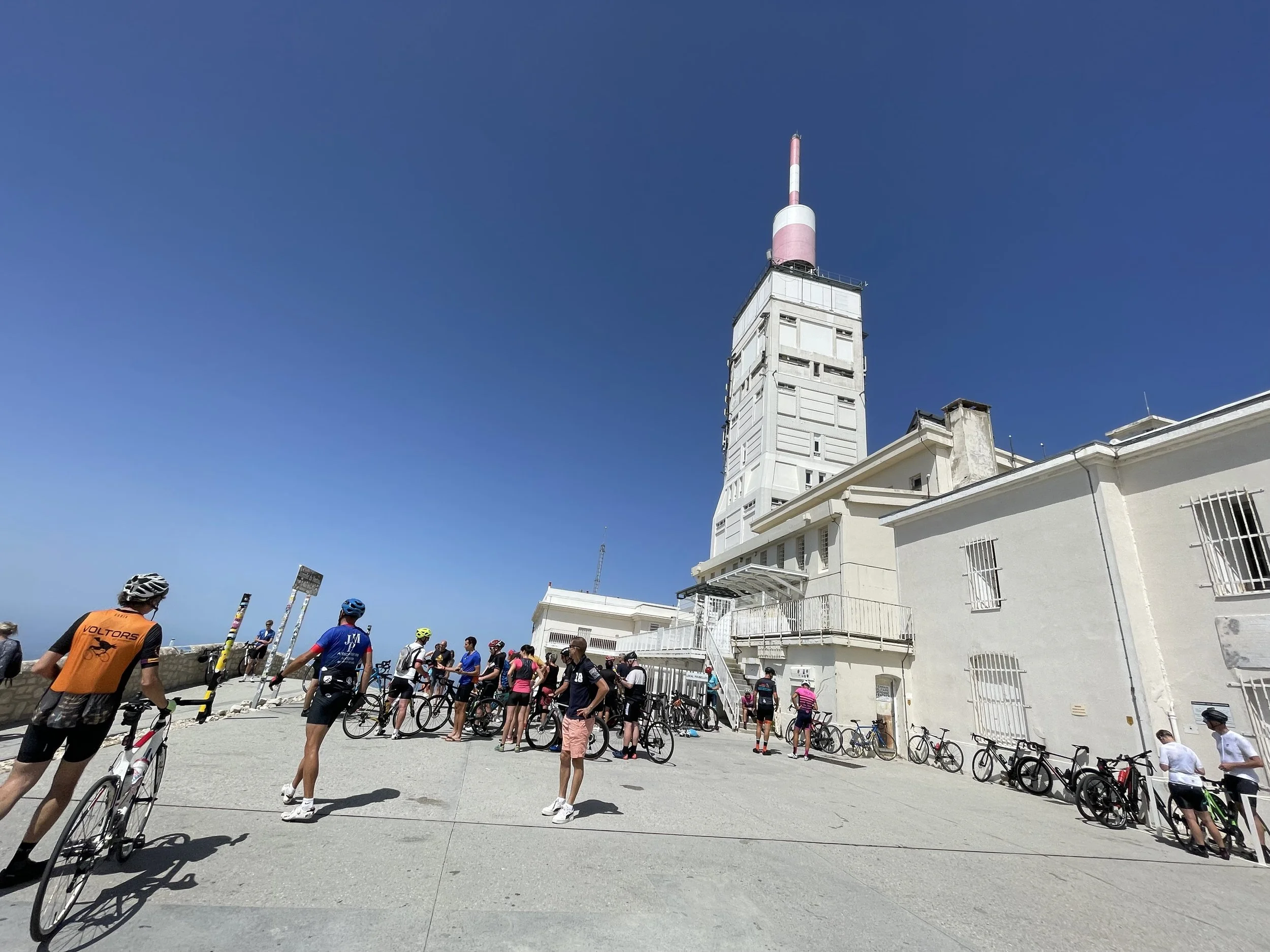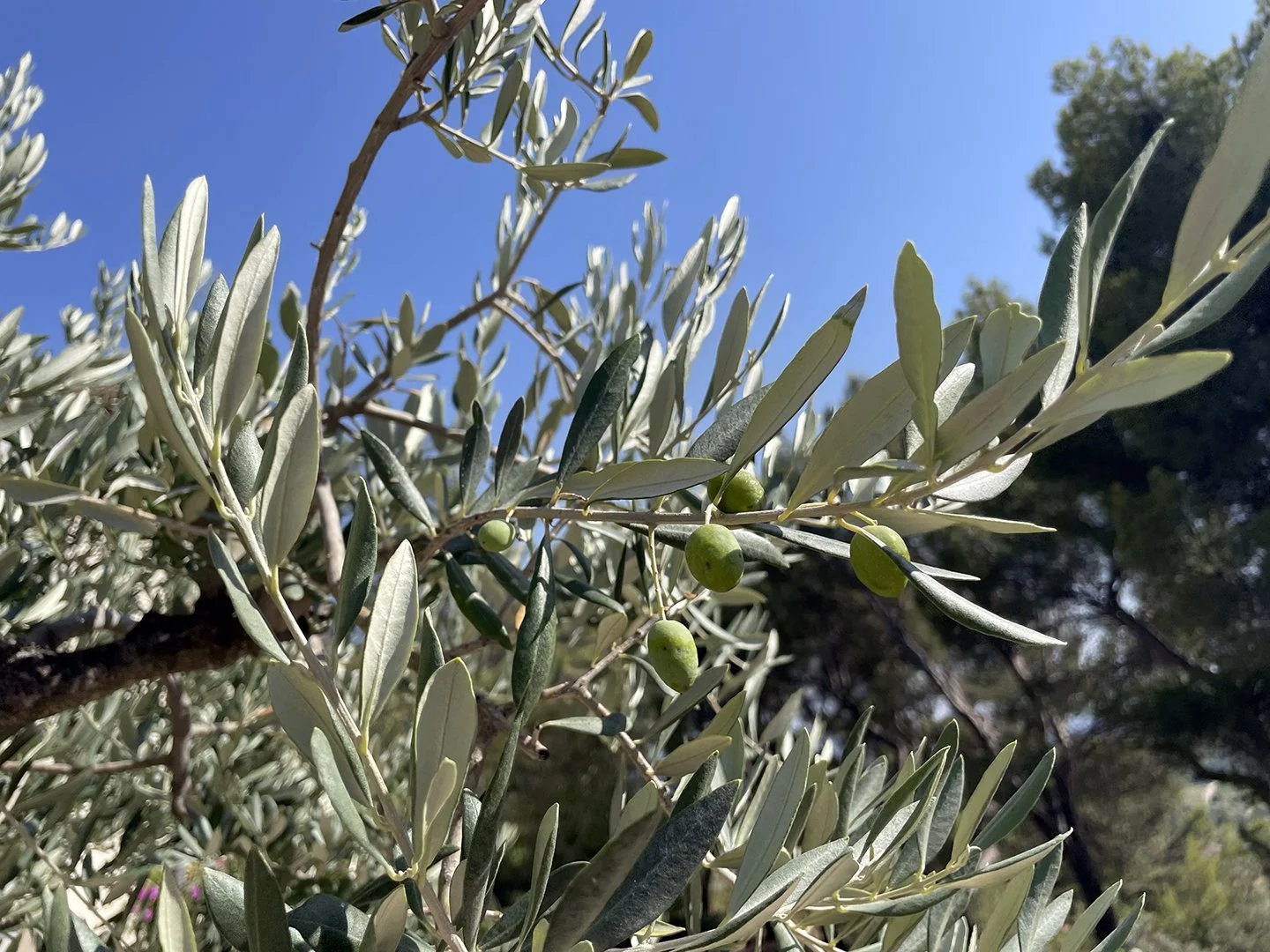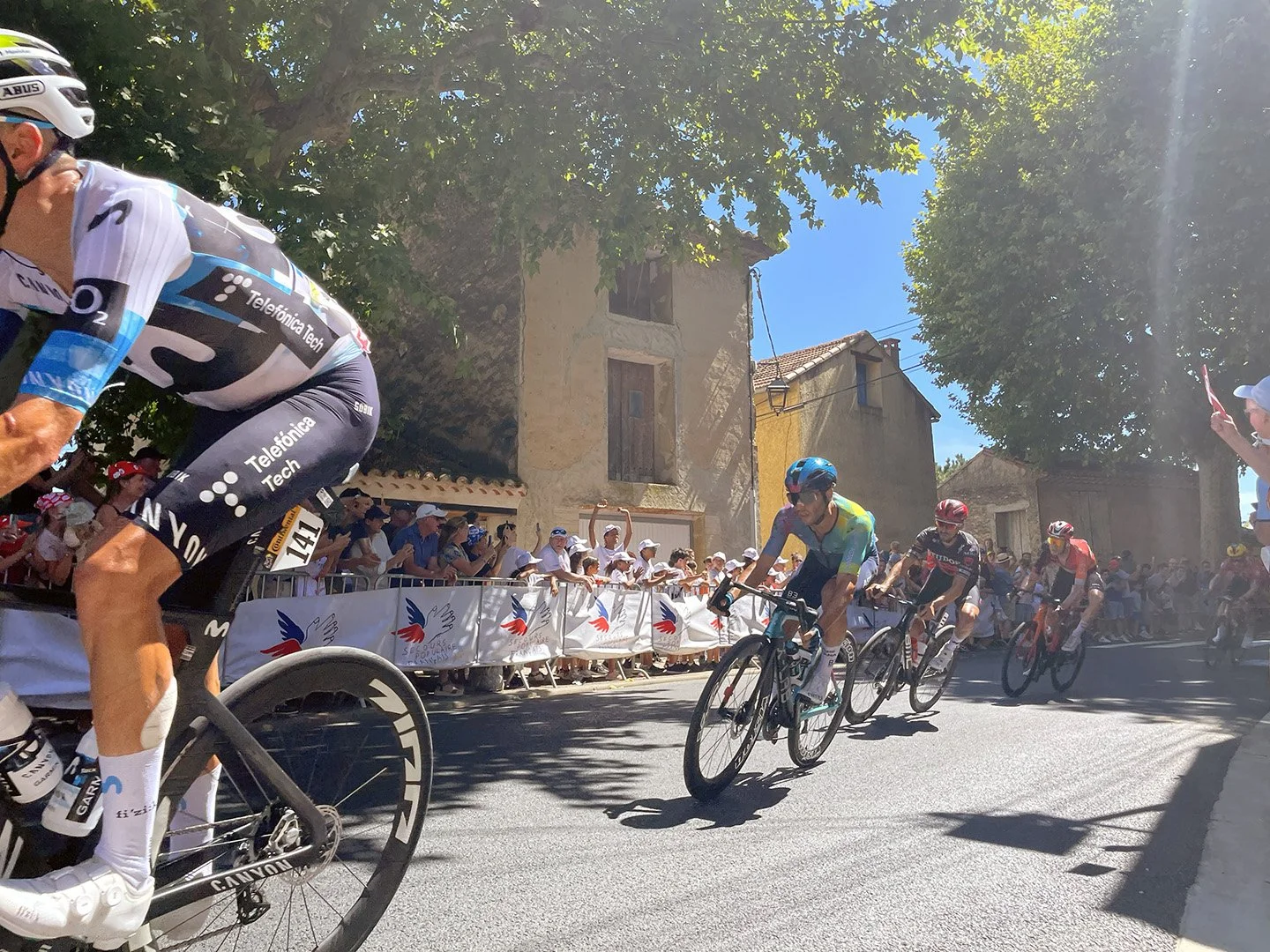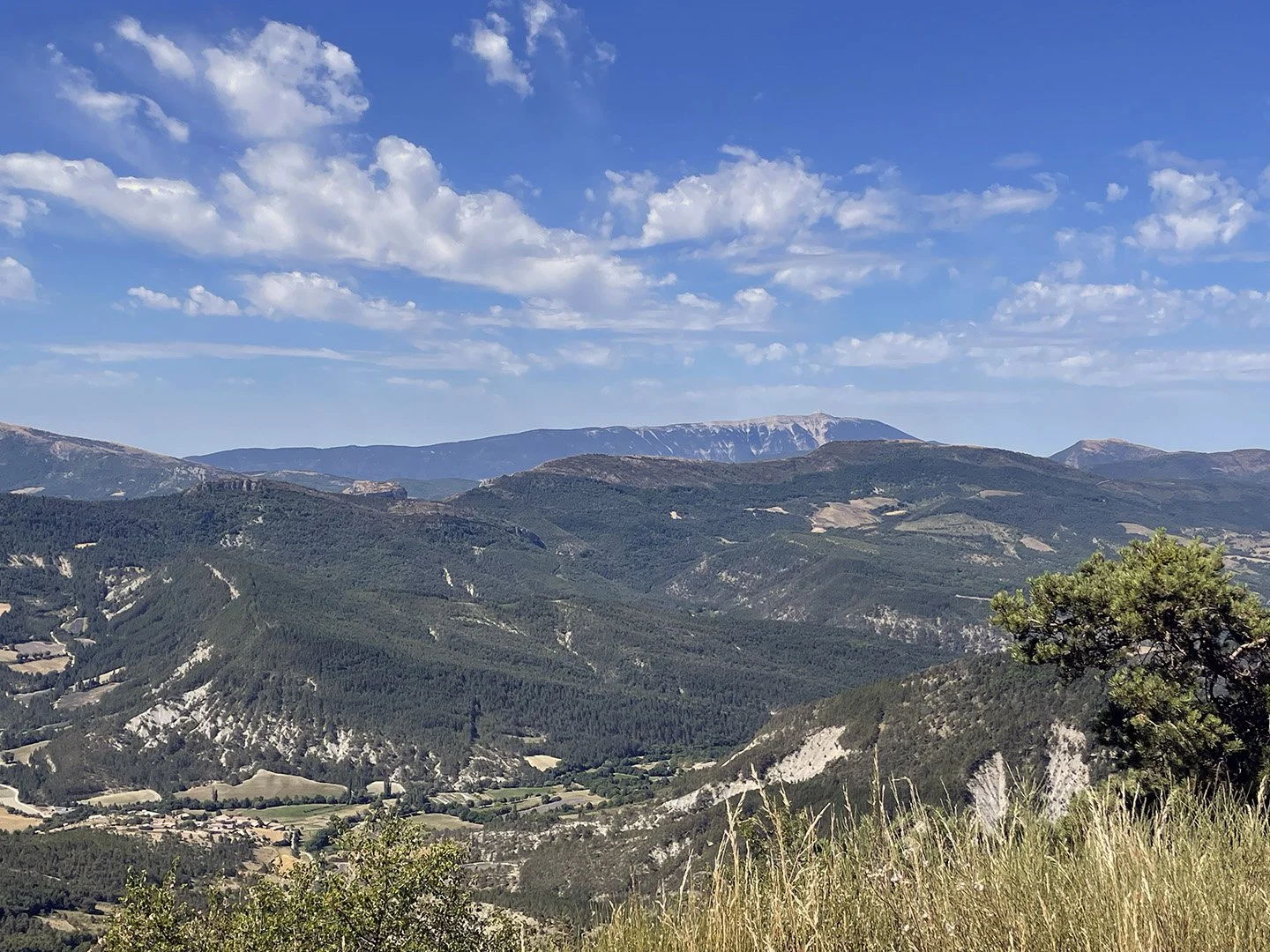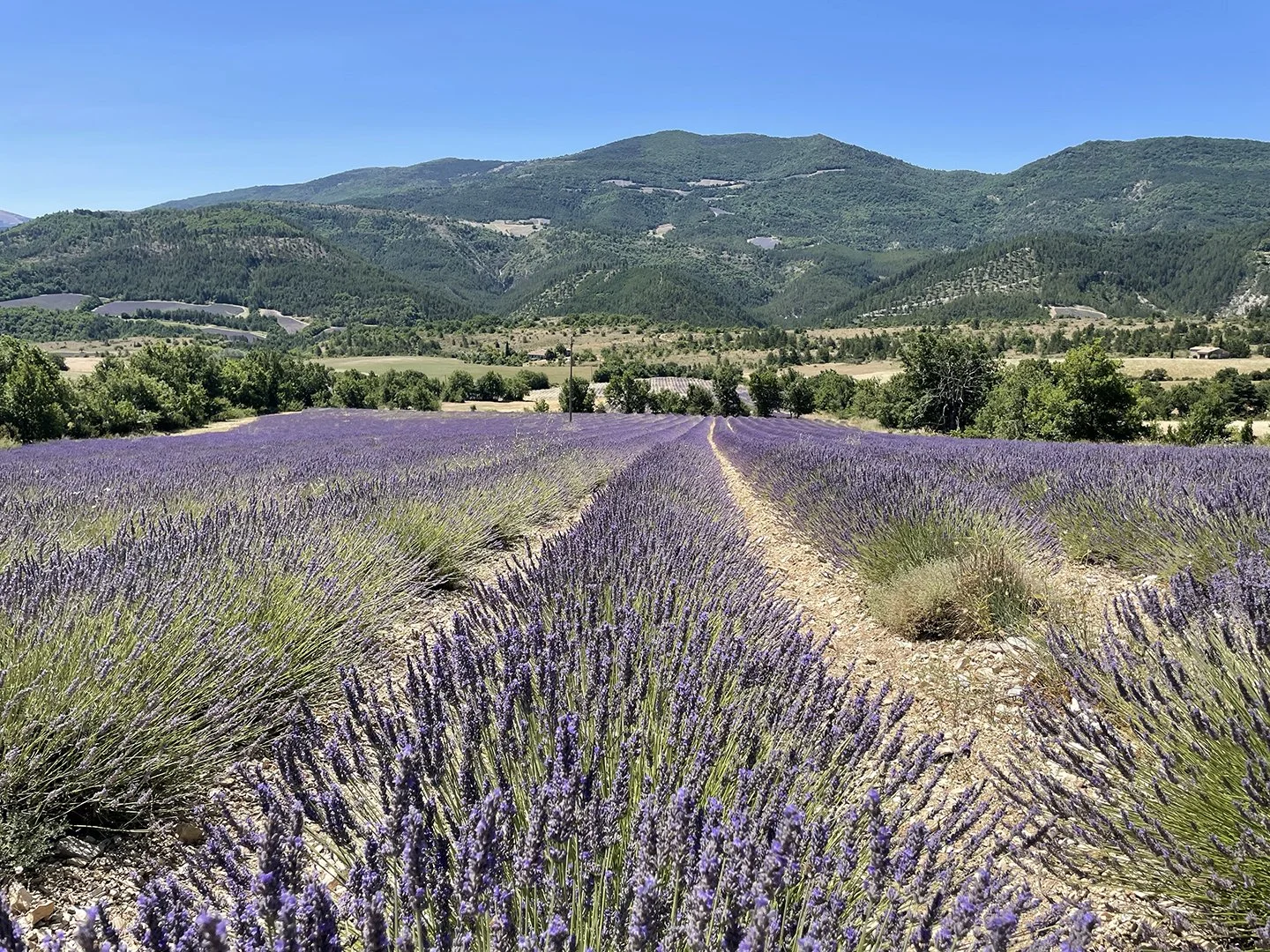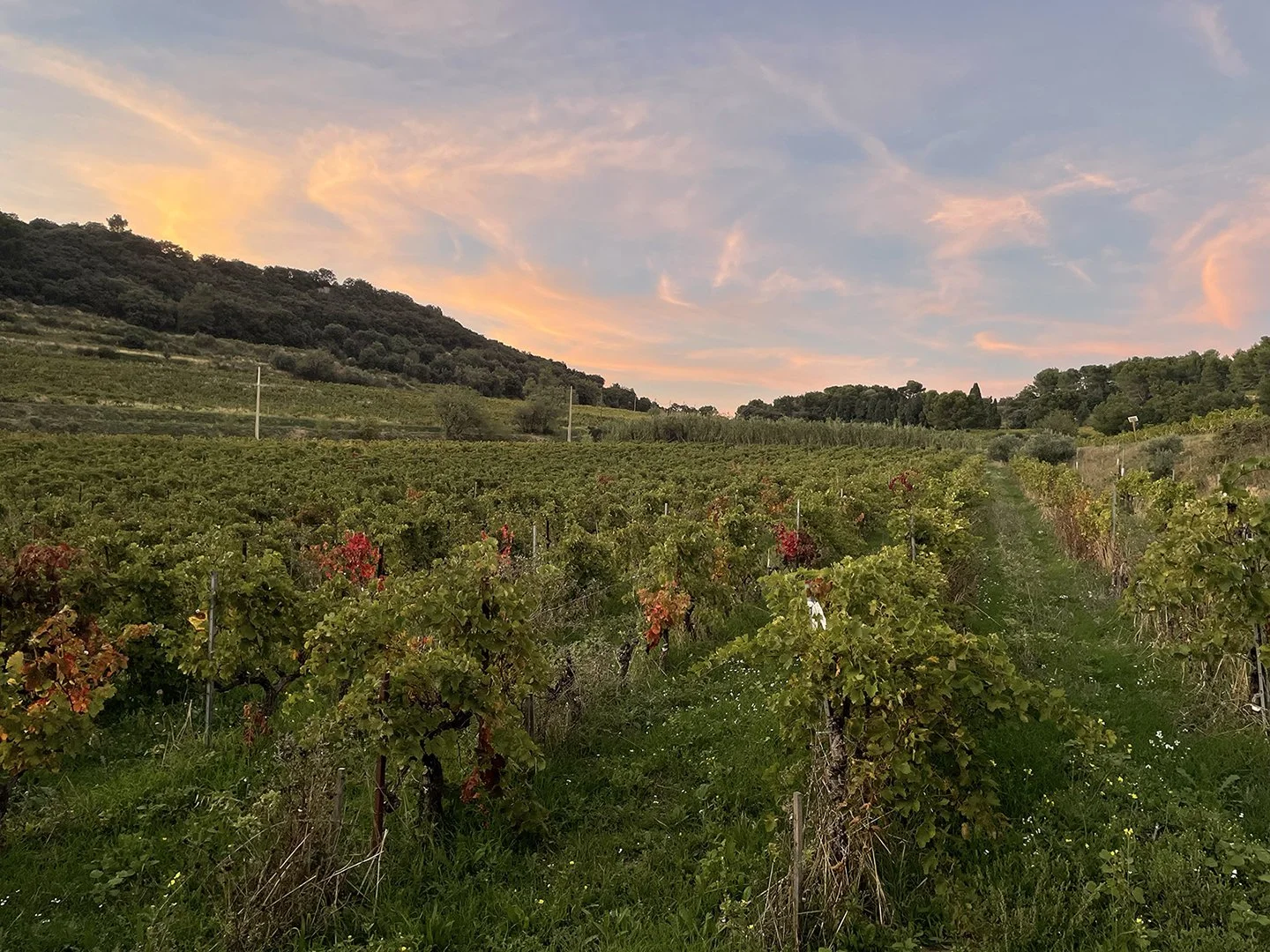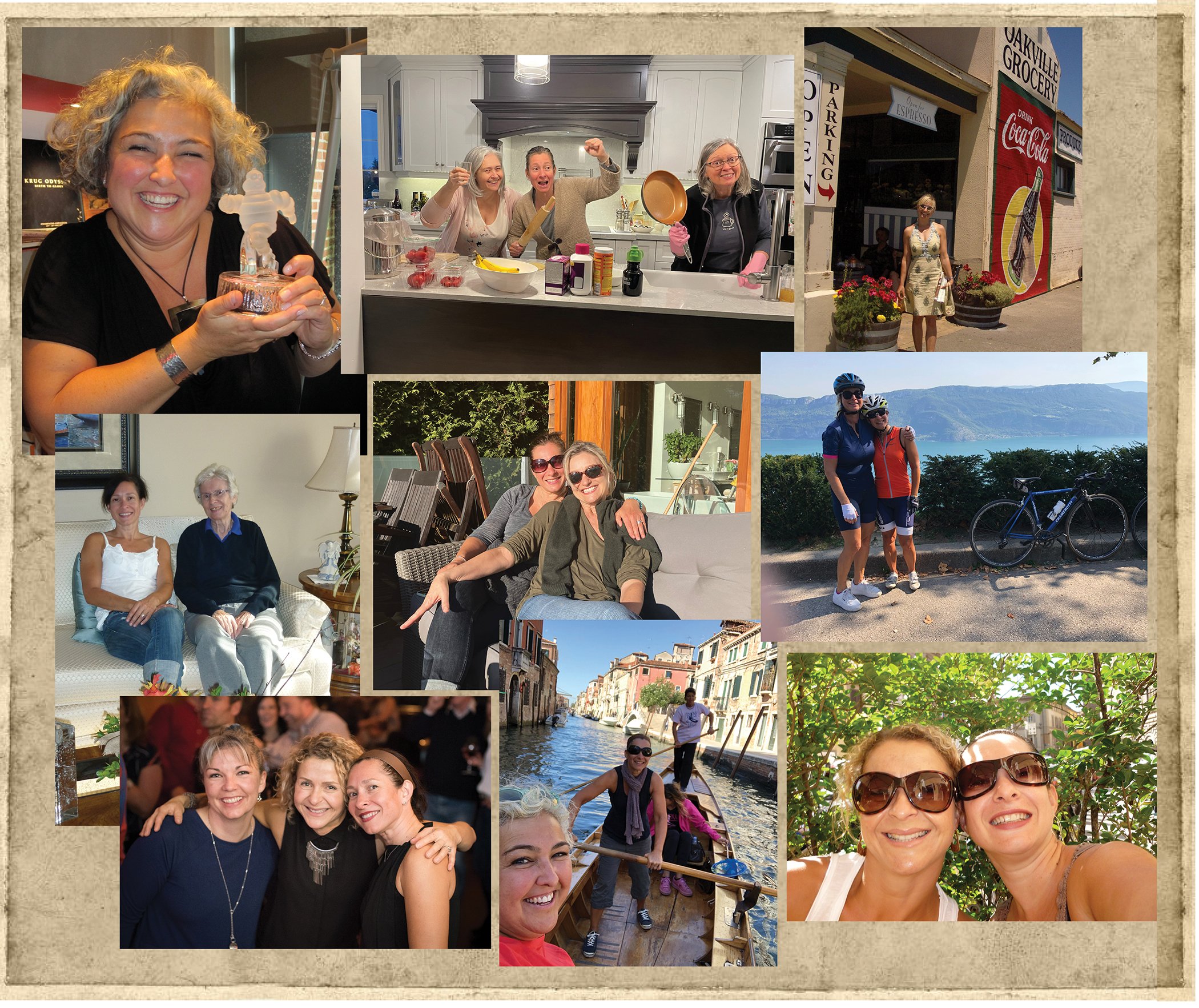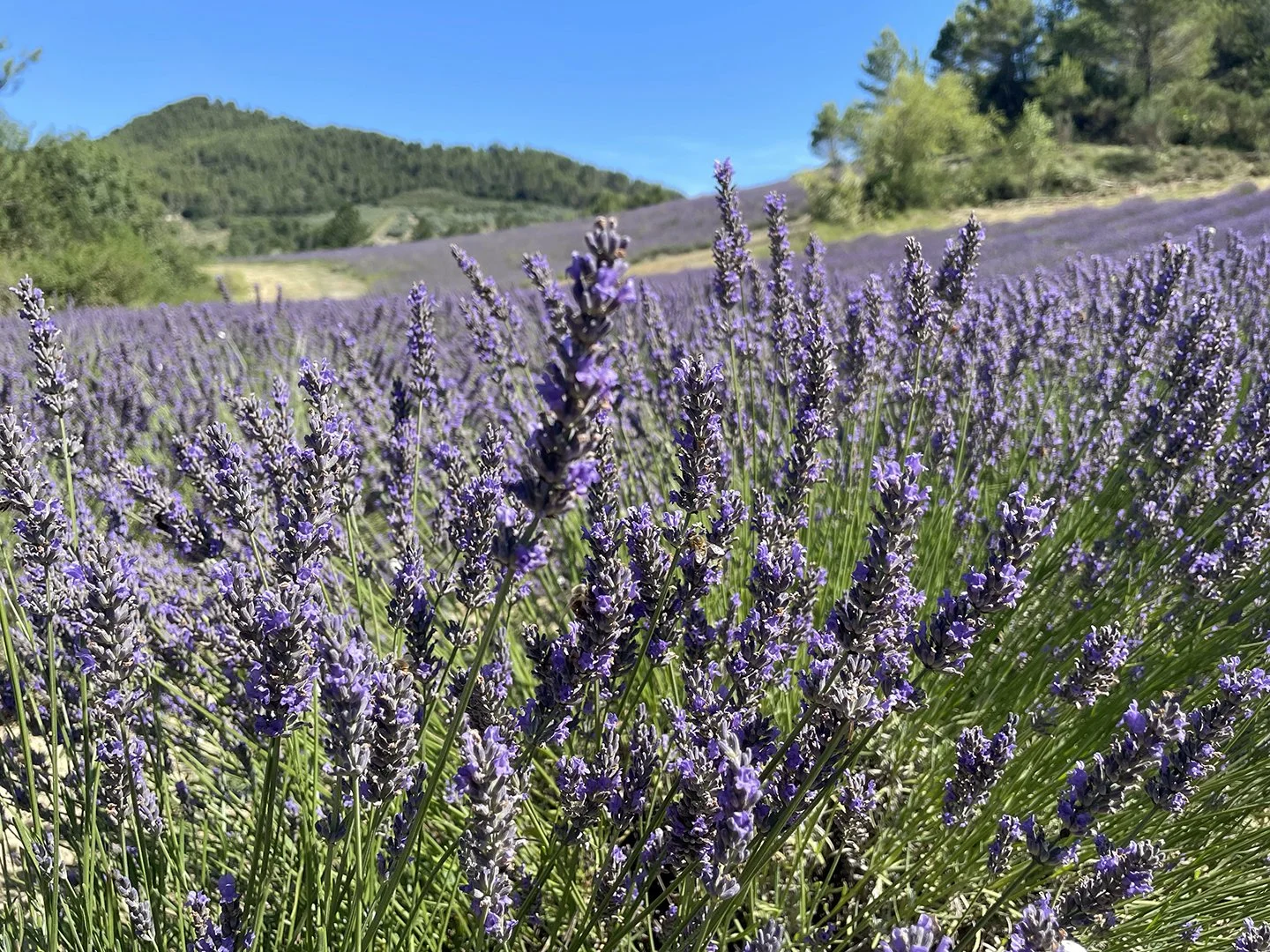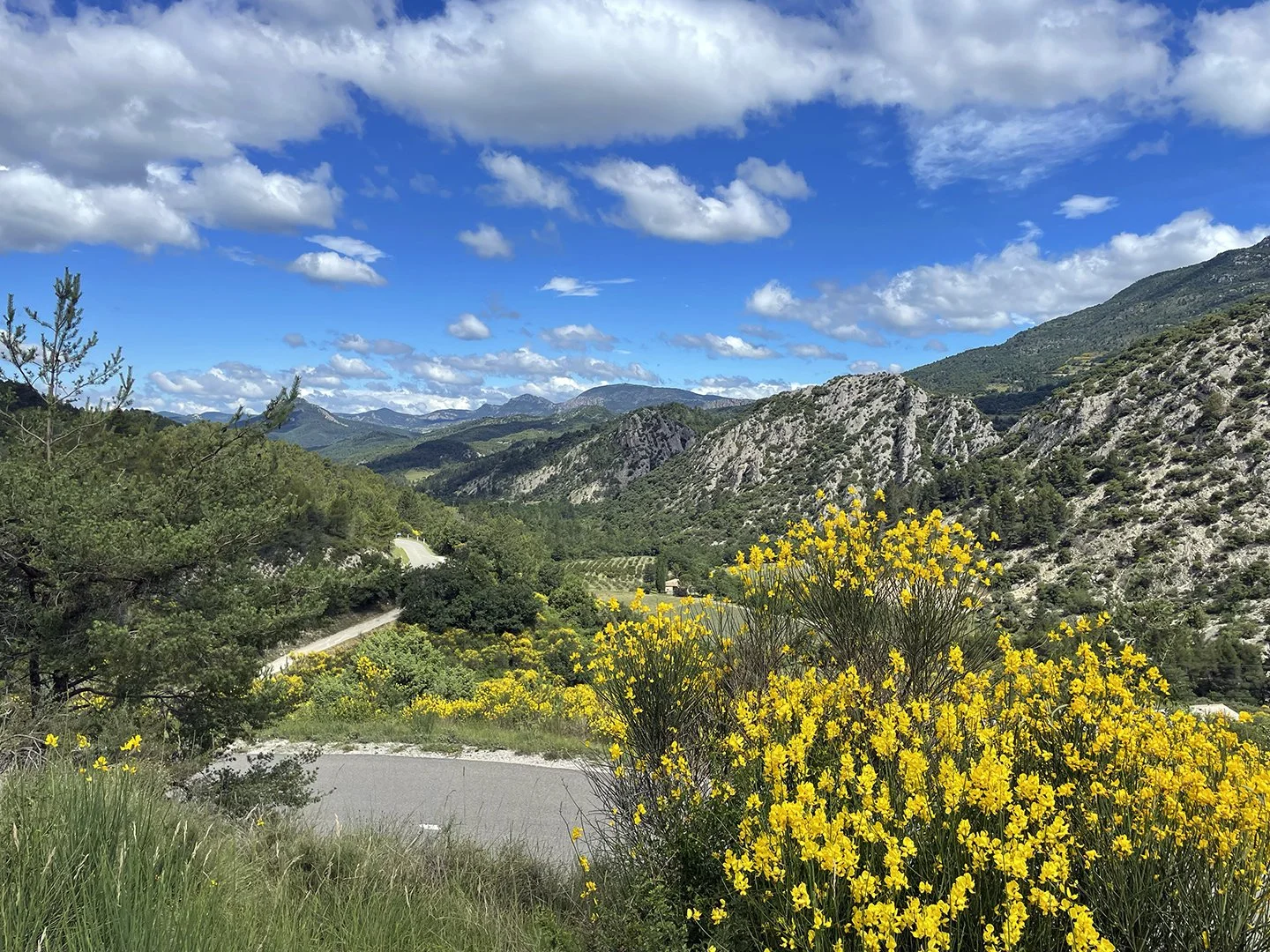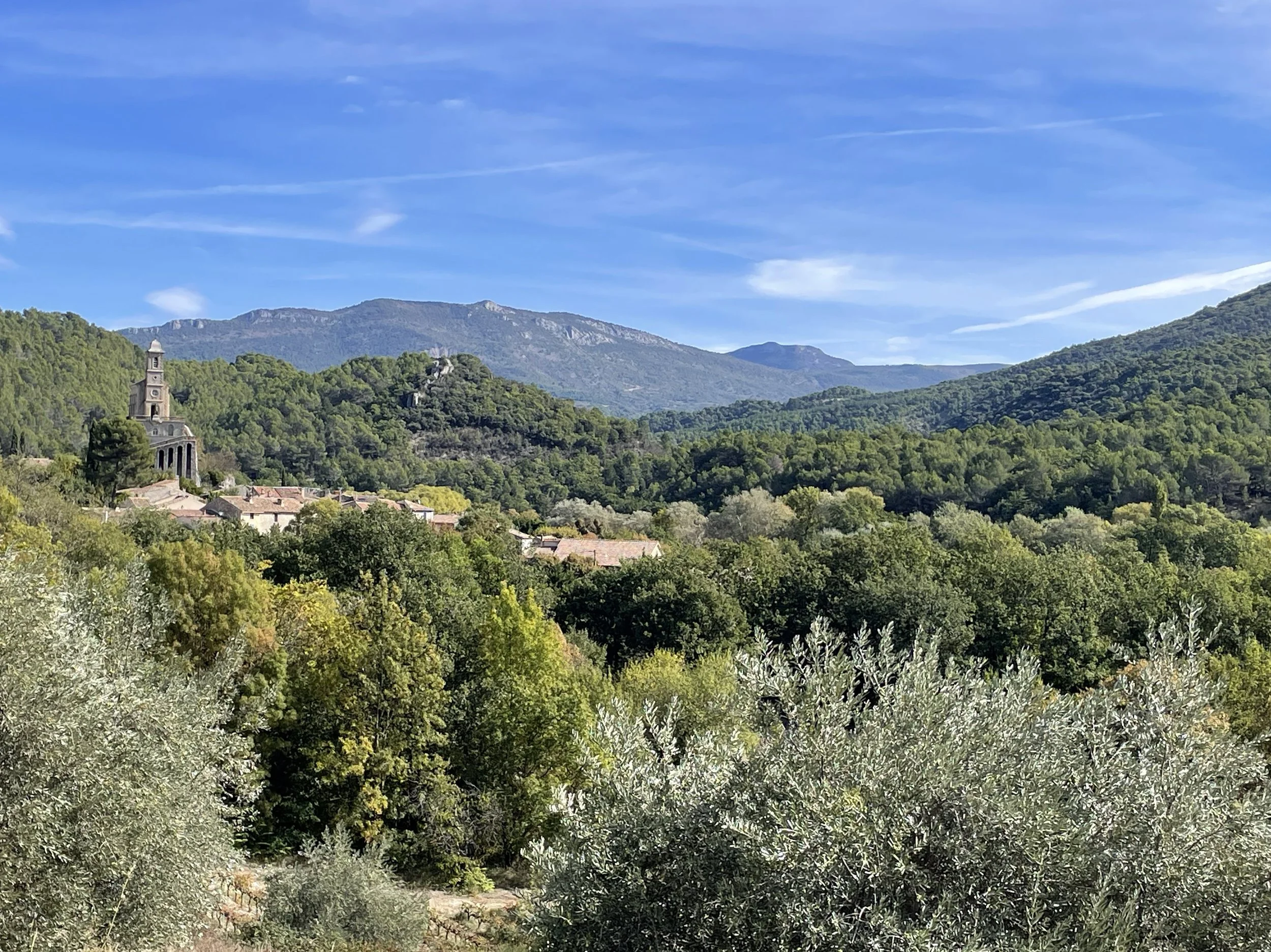I’ve been cycling most of my life. Like everyone else, I started on training wheels, moved on to a hand-me-down single speed with coaster brakes, then upgraded to an awesome 10-speed. After that, mountain bikes were all the rage, so at 15 I bought my first bike—a Peugeot mountain bike—with my very own money. And I loved it.
While living in Vancouver I was sadly bested by the incredibly difficult trails there, so I decided to go back to the road and I’ve never looked back. I started racing one month after buying a road bike and I’ve been putting on the miles ever since. That was a long time ago now. I sometimes forget what a seasoned cyclist I am, and how it takes those kinds of years and hours to be really proficient at something. Cycling has always been an important part of the culture in countries like France, Italy and Spain, and now it’s become very popular in North America. As a result, there are a lot of inexperienced cyclists out there. While it’s great to see people getting out and embracing two wheels, it also makes things a bit sketchy. In order to get better, and to keep things safe on the road, taking advice and learning from skilled cyclists is a wise idea.
I’ve had a long history with the famous Mont Ventoux; I’ve been up and down it so many times I’ve lost count, and at this point I definitely have some pointers. I’m still not sure why I continue to torture myself with it, but there is something pretty special about the mountain and I can’t imagine being here without attacking its slopes. It’s not for the weak of heart or mind, and it’s not for everyone. But if you are thinking you want to give it a go, and you haven’t a lot of experience with large European mountain passes, I just might have a few tips.
There are three routes up the Ventoux: Bédoin, Malaucène and Sault. They all have different characteristics and it’s worth it to try each side if you can. Bédoin is the classic route of the Tour de France. This is considered the most difficult route, and from the hairpin turn at the restaurant to Chalet Reynard, it’s a bear. No question. But the road is windy, tucked into the forest and in my opinion, it’s one of the best routes. Malaucène is arguably just as difficult and for me, it’s worse. It’s a wider road and it has more straight stretches. The mental challenge of looking at two kilometres of 12% laid straight out in front of me is a misery I just can’t tolerate. Then there is Sault—it starts in the wonderfully beautiful lavender meadows, it smells good and it’s a much easier pitch. It’s longer but by far the most agreeable for any newbies. You still have to finish with the same last six kilometres as those ascending from Bédoin, so you don’t get a complete pass. But overall, it’s the most pleasant.
One of the biggest challenges for most is the sheer size of it. It’s long and steep with no reprieve and many people have never ridden anything remotely similar to it. Until you do, it’s hard to imagine or plan for it. You need to prepare yourself for the idea of climbing non-stop anywhere from 1.5 hours (for a really fit and experienced cyclist) to three hours and beyond for those new to the sport or not entirely in fighting form. You need to get your head in the right place. It’s suffering, so you need to figure out how to accept suffering for so long.
Make sure you plan properly. Get a good sleep the night before, eat the right food. Fill your pockets with food and warm clothes for the chilly decent (even in the middle of summer it can be very cold at the top) and bring as much liquid as you can, though there are spots to fill up. Find your pace, whatever it is. It’s not a race, the goal is to get to the top. I have seen so many cyclists speed past me at the bottom, only to be off their bikes 500 metres down the road, heaving and panting. I am not a fan of stopping, so finding a pace that you can grind out for hours on end will help you get to the top without too many interruptions, and it will end the suffering faster. As soon as you reach the top, you’ll forget all the pain and be giddy with the excitement of having tamed the beast. Chances are you’ll start planning your next trip up before you've even reached the bottom again.
A while back I started a tradition of riding the Ventoux on my birthday. It’s a great tradition and one we’ve had to be flexible about as weather and health don’t always play along. But we always aim to go sometime around then, which we did just last week. Jason wanted to do his three times up again, and I wanted to attempt more than once. Jason had one of his best days, and even shaved off some time from last year (he seems to get faster with each passing attempt, I'm beginning to think I need to search his bike for a hidden motor!) I had one of my best trips up from Bédoin with an excellent mindset, no bugs and very little wind, it seemed to pass rather quickly. It all went to hell on the second time up from Sault when the sun dipped, it got cooler, and all that amazing mental well-being seemed to disappear into the wind. Every kilometre felt like torture, so I can say without hesitation, your mind is truly one of the most important factors to success. I am still so impressed with Jason’s ability to endure all three sides in one day, year after year, but I am really not sure I have it in me. I won’t stop going up the Ventoux though, the siren song of the beast is impossible to resist.
Cycling Tip: If you’re new to cycling and you want to get better, ride with people who are very experienced. Ride with people who are much better than you. Learn bikes skills from people who have mad bike skills. It’s daunting to ride with people like this, but it’s the best way to learn. Fast doesn’t equal skilled. Fast without skills is actually dangerous for you and other cyclists out there. It’s good to know people at your level for days when you just want to get out and take it easy, but if you want to learn, learn from the best. I’ve been chasing extremely talented cyclists my whole life, and it can be demoralizing, but it makes you a better cyclist.
Riding bikes wherever you go is a great way to experience a new place, even if the bikes are less than ideal. These beauties got us around Barcelona, super fun.










